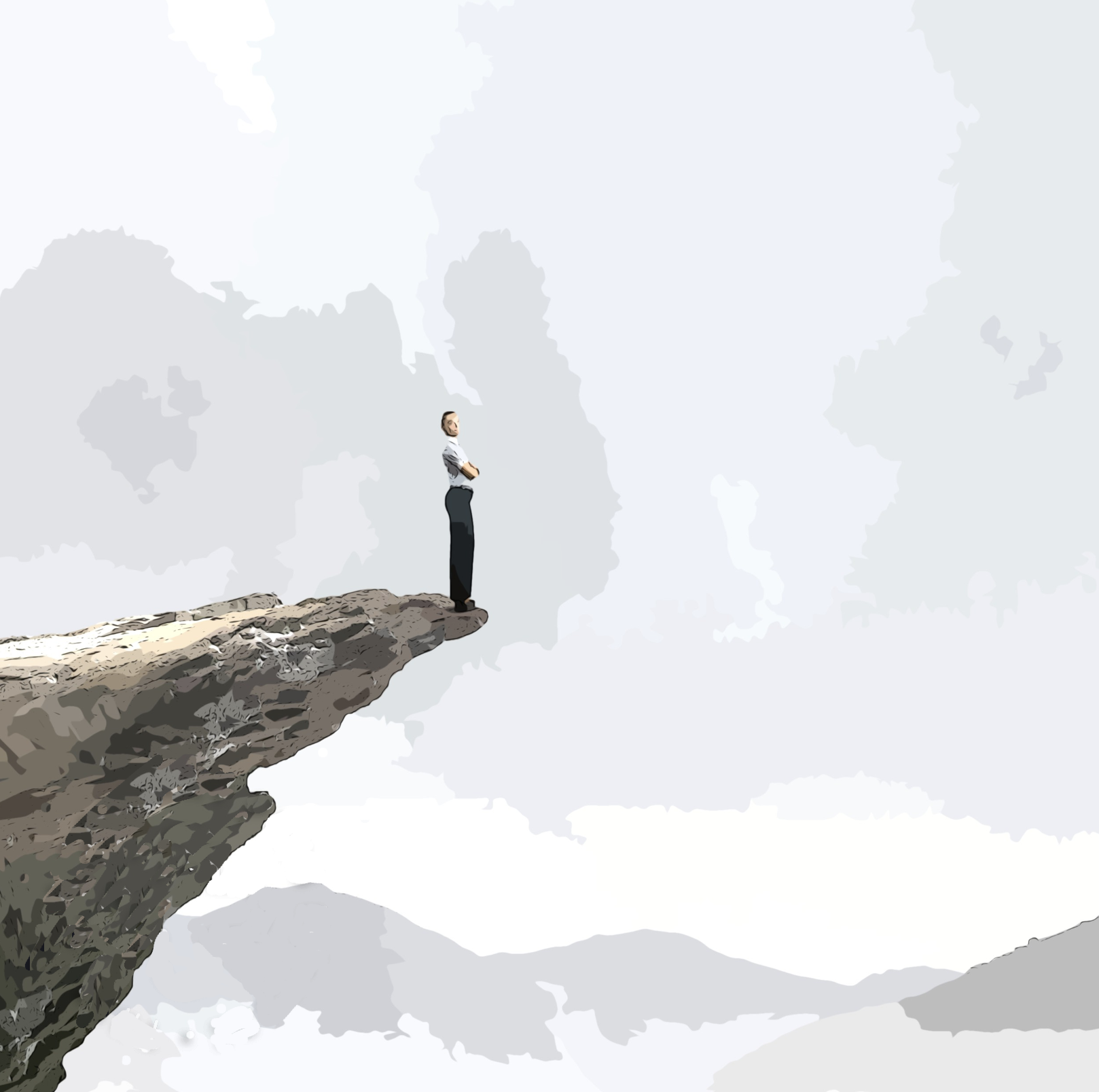Towards the end of World War II, as America prepared for the post-war era, a team of leading economists was brought together to explore how the post-war economy might evolve. Their consensus was that, once the war was over and troops returned home, we would see a return to the conditions of the Great Depression that dominated the pre-war economy. But their forecasts proved to be as wrong as forecasts can be. Instead, as America emerged from WWII, it enjoyed one of the greatest and most extended economic booms that the modern world has ever seen.
What happened? Why were economic forecasters and planners so wrong? We believe the answer lies in an understanding of debt and prevailing attitudes towards it. In the 1920s consumer finance emerged with considerable strength for the first time. The end of the First World War saw a great deal of optimism with new consumer products to buy, land to speculate on, and crucially, a banking system was ready and able to lend. The results was a consumer and lending boom.
Then came the Great Depression, drastically changing prevailing attitudes to borrowing. Debt turned from being a friend to a foe with people and businesses paying down their debts… if they were able. Many weren’t, leading to bankruptcies at an unprecedented rate. A violent deleveraging took place that saw banks fail, municipalities fall into bankruptcy, widespread land foreclosures and a large increase in personal bankruptcies. World War II followed – a unique conflict involving widespread conscription. Consumer lending dwindled – soldiers fighting in Western Europe were clearly unlikely to be thinking about new mortgages or their buy to let portfolio – so, by the end of the war, virtually nobody, apart from national governments, had debt. It was this that forecasters missed. When the troops returned home, conditions were ripe for a whole new cycle of borrowing to begin… and it did so in abundance. Housing and consumer goods industries boomed, and continued to do so well into the 1960s.
Looking at the more recent past, we can see a prolonged period of low interest rates leading to an accumulation of debt dominating the world economy. This “debt supercycle” may have peaked during the Covid-19 crisis and now be going into reverse, a process spurred on by the Federal Reserve’s recent interest rate hikes, mirrored in other global economies. Today, growing interest rates mean holding debt is more of a concern for consumers, businesses and governments than it has been for a long time. Perhaps the world of ever lower interest rates is finally over: debt levels are substantial and the cost of servicing that debt no longer makes leveraging debt the tempting prospect it was. If property investors and other speculators who have funded their speculation with debt get into financial difficulties, we could be on the cusp of the same sort of economic change that began in the 1930s and lasted until after WWII. The cultural attitude to taking on more and more debt may change from being enthusiastic to averse. This may well be what is happening in China today. It is what happened as it did in Japan when their own speculative property bubble burst, around 1990. If it happens in the West, we will start to experience a very different world to the one we have become accustomed to. Asset price speculation itself may evaporate. If this does happen, the shorter-term boost that asset price speculation has regularly given to economies may become a thing of the past. Western economies will be like a glass of champaign that has gone flat.
We may be standing on the precipice of a significant change in how Western economies function and behave. Production might become more important than speculation, which, while beneficial in the long term, could entail a challenging transition. Ultimately, economies could become more stable and balanced, but not without first being forced through a demanding deleveraging process. Property and banking sectors are likely to bear the brunt of this adjustment, along with consumer activity.
Investment returns are expected to dwindle, and caution may prevail. Speculative bubbles like the cryptocurrency boom could fade into the past. A shadow could loom over Western economies for potentially decades, a prospect for which few people and investors are adequately prepared.


